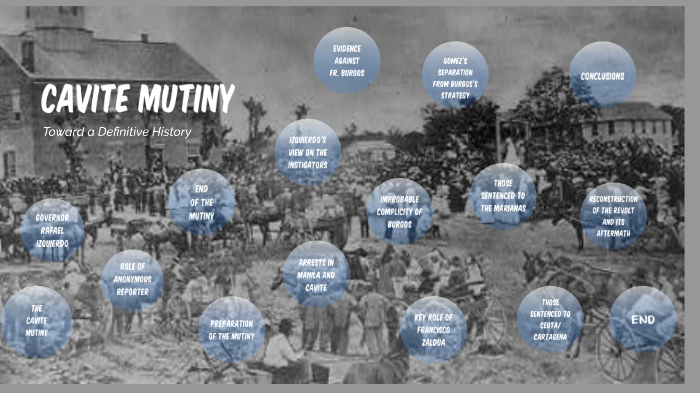
The arms and armour were wearing out, and Greek clothing was quite gone. The hooves of the horses had been worn thin by steady marching. They had spent almost eight years among toils and dangers, and it was necessary to raise their spirits by an effective appeal if they were to undertake the expedition against the Gandaridae. There had been many losses among the soldiers, and no relief from fighting was in sight. Diodorus Siculus adds to the feelings of the soldiers:Īlexander observed that his soldiers were exhausted with their constant campaigns. The men reached a consensus they did not want to follow Alexander further into Indian territory.

But the Macedonians had by now grown quite weary of their king’s plans, seeing him charging from labor to labor, danger to danger. These reports stirred Alexander’s desire to go farther. … These Indians also had many more elephants than any other of their countrymen, and what is more, elephants of surpassing size and courage. The country beyond the Hyphasis was said to be prosperous and its inhabitants able farmers and brave fighters. Photo by Osama Shukir Muhammed Amin, AHE, Creative Commonsįollowing Alexander’s victory at the Siege of Sangala, he and his men reached the river Hyphasis, alternatively known as the Beas. The head reveals all of the characteristic features of the sculpted heads of Alexander the Great. This head was found during the excavations of the lower agora of Pergamon it seems that it had fallen there from one of the buildings on the higher city. After the battle, Porus was allowed to continue ruling his kingdom and became an ally of Alexander, and Alexander continued to march further into India. Alexander met Porus at the Battle of Hydaspes in 326 BCE, which included war elephants. He also had a base in Taxila, after promising to help Taxiles against his enemy, King Porus. The city of Nysa asked Alexander to recognize their freedom and independence, which Alexander granted and made allies of them, acquiring 300 horsemen.

Alexander placed a garrison on the abandoned portion of the Aornos Rock. When the Indians noticed the Macedonians closing in, they surrendered. Alexander had difficulty getting to the rock and started building a mound, then gained a foothold on a hill.

When Alexander marched across the Hindu Kush to India in 327 BC, the denizens of Bazira feared for their lives, fled to the Aornos Rock, reputed to be impregnable so that not even Heracles was able to capture it. This includes the issue of whether the term “mutiny” can truly apply to this incident. Over the years, historians have examined the importance of this moment of tension between a king and his army. The mutiny ended with Alexander giving in to his men’s wishes and turning back he did not venture further into the Indian subcontinent as he intended. The so-called Hyphasis Mutiny was a conflict between Alexander the Great (356-323 BCE) and his army following their victory at the river Hydaspes in 326 BCE. Alexander voiced plans for further conquests in the Indian subcontinent, however, when his men reached the river Hyphasis, there was an open revolt.

The men reached a consensus they did not want to follow Alexander further into Indian territory.


 0 kommentar(er)
0 kommentar(er)
